
Fun in the Sun: Water Activities and Games for You and Your Dog
This blog is your go-to guide for making the most out of the sunny weather while bonding with your furry friend. The warmth of the
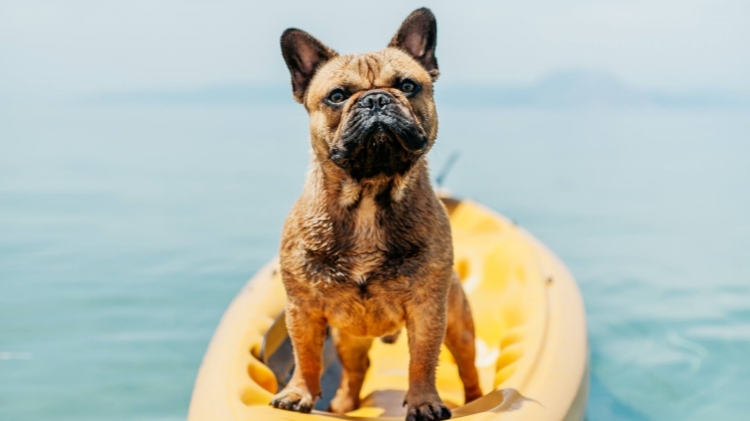
For many dog owners, finding ways to keep their energetic pups cool and entertained during the hot summer months can be a challenge. While trips to the dog park, hiking trails, and beaches offer respite, sometimes you just want your dog to be able to take a refreshing dip right at home.
Installing an in-ground pool may be out of the budget or impractical for renters, but with a bit of creativity and effort, you can craft a DIY doggie pool that provides a safe and enjoyable swimming space for your furry friend.
Having an at-home pool option for dogs offers many advantages:

If you’re handy and want your pup to have a personal pool without the cost of installing an in-ground option, then check out these 6 different DIY dog pool ideas.
For small spaces or budgets, a plastic kiddie or pet pool is the easiest DIY pool option. Look for durable, thick plastic that can withstand your dog’s claws. Consider adding a pool ramp or steps to make it easier for your dog to get in and out.
Fill the pool with just a few inches of water for safety. Keep in mind that plastic pools are very portable – you can move them around your yard to always be in the shade.
For large or giant breed dogs, plastic children’s pools are probably too small. A great DIY solution is converting a galvanized steel or tough polyethylene stock tank into a pool. Stock tanks are available at farm supply stores.
Choose a tank at least 42-50 inches across and 12-16 inches deep so your big dog can really swim. Building a deck or ramp allows easy access in and out of the tank. Just be sure to add a filter and routinely replace the water to keep it clean.
If you have the space and resources, creating a dug pond or diverting part of a stream to make a doggie “swimming hole” is a wonderful DIY pool idea. Include a gradually sloped entry and exit area your dog can comfortably walk in and out of.
Line the pond bottom with plastic and add rocks and pebbles for interest. The moving water of a stream is especially enticing to dogs on hot days. Just be sure to provide adequate filtration and monitoring to keep the water clean and safe.
For a smaller-scale DIY pond, look for tough plastic or galvanized tubs or stock tanks at least 32 inches across and 24 inches deep. Pick a container big enough for your dog to move around in.
Add rocks, submersible pumps to circulate water, and aquatic plants to oxygenate the water. Position near a hose or faucet so you can easily refill as needed. This mini pond mimics a natural look on a smaller scale.
For a charming in-ground look without the cost, create a raised garden pond from wood, rocks or poured concrete. Make it at least 4 ft by 6 ft and at least 1 ft deep for medium dogs. Include a ramp or stairs for easy access.
Line the bottom with a plastic or rubber pond liner. Disguise the sides with attractive rocks or stones. A small recirculating pump will keep water clean and clear. Grass or pebbles around the edges complete the natural look.
Free-standing splash pools are a simple DIY swimming option for small dogs who don’t need to swim laps. Use a plastic basin or wide bucket at least 12 inches deep. Add a few inches of water and let your little doggie splash and cool off on hot days.
For added interest, incorporate fountain attachments into your plastic tub to create streams of falling water. Just be sure to empty it and refill it with clean water daily.
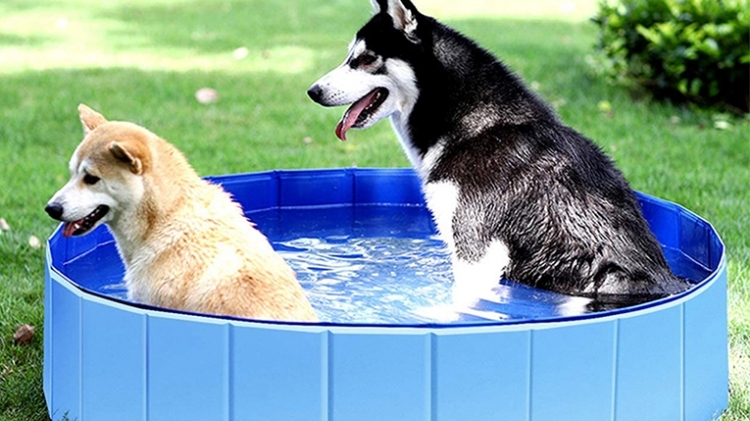
Beyond choosing the right pool type, following some basic design and safety guidelines will ensure your DIY dog pool provides an enjoyable yet secure space for your pet:
After choosing the right DIY pool design for your dog, proper setup and maintenance is crucial. Here are some key steps:
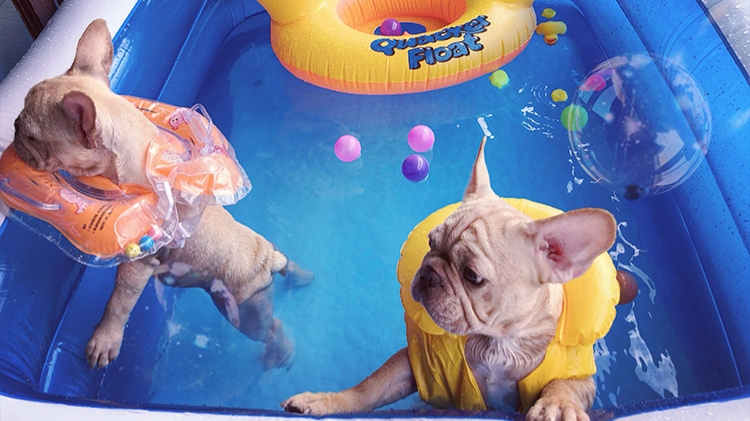
With the right design and preparations, a DIY dog pool can provide your four-legged friend with hours of watery fun while keeping cool during hot weather. Customize your pool to suit your space, budget and your dog’s size and swimming abilities.
Monitor use and invest some elbow grease into regular maintenance to ensure your DIY pool provides a safe and enjoyable oasis all summer long for your water-loving pup! With a backyard pool, even dogs who aren’t fortunate enough to live near lakes or beaches can take the plunge for some aquatic adventure.


This blog is your go-to guide for making the most out of the sunny weather while bonding with your furry friend. The warmth of the
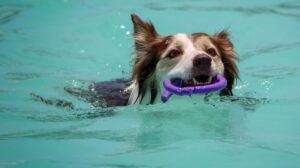
Installing a pool in your backyard for your furry friend to splash around in is an exciting project. But before you let your dog take

Installing a pool in your backyard for your dog to swim and cool off in is a big investment. To maximize safety and enjoyment, you’ll

Does your dog love splashing in puddles and outdoor hose water? Do they try to jump in with you during bath time? Many dogs are

This blog is your go-to guide for making the most out of the sunny weather while bonding with your furry friend. The warmth of the
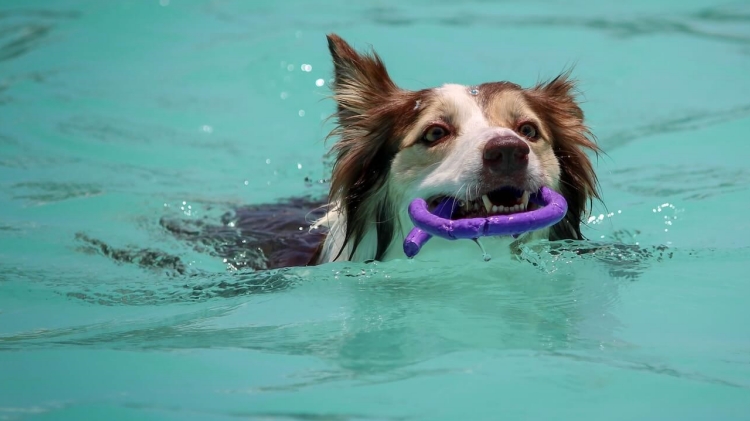
Installing a pool in your backyard for your furry friend to splash around in is an exciting project. But before you let your dog take
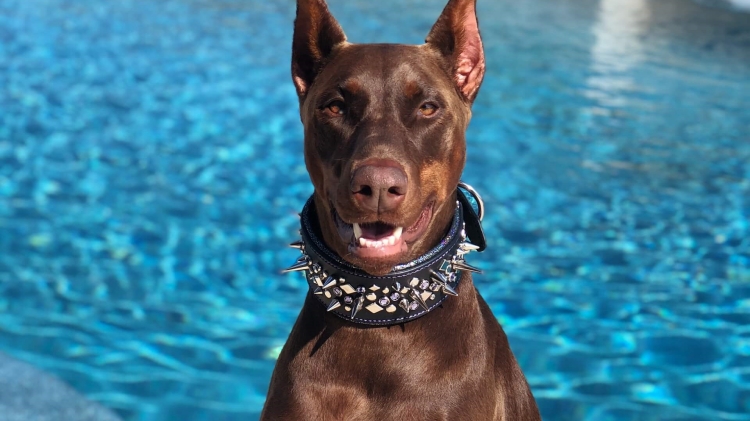
Installing a pool in your backyard for your dog to swim and cool off in is a big investment. To maximize safety and enjoyment, you’ll
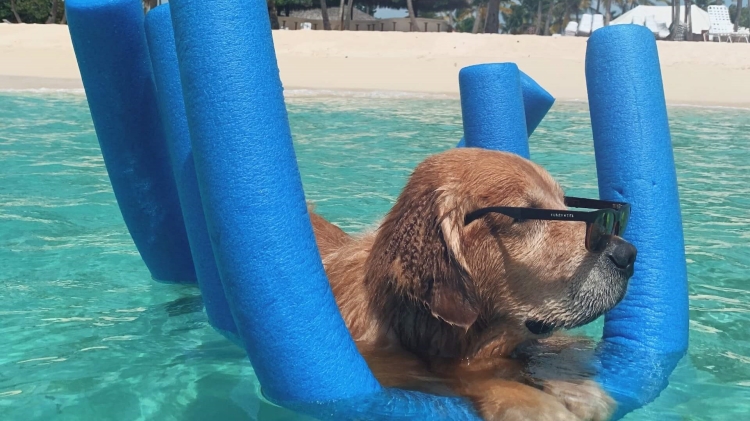
Does your dog love splashing in puddles and outdoor hose water? Do they try to jump in with you during bath time? Many dogs are
Copyright © 2024 foldabledogpools. All Rights Reserved.